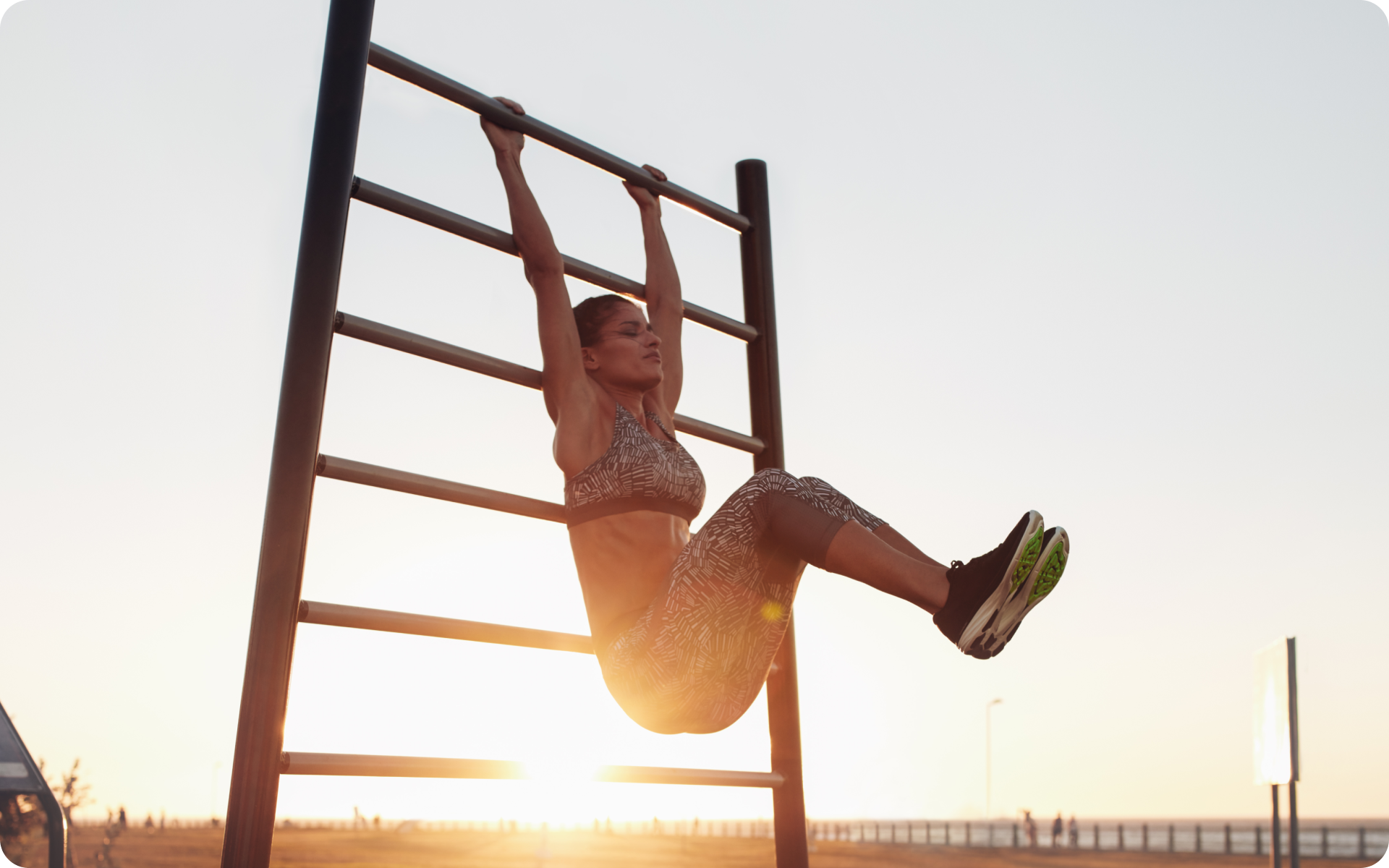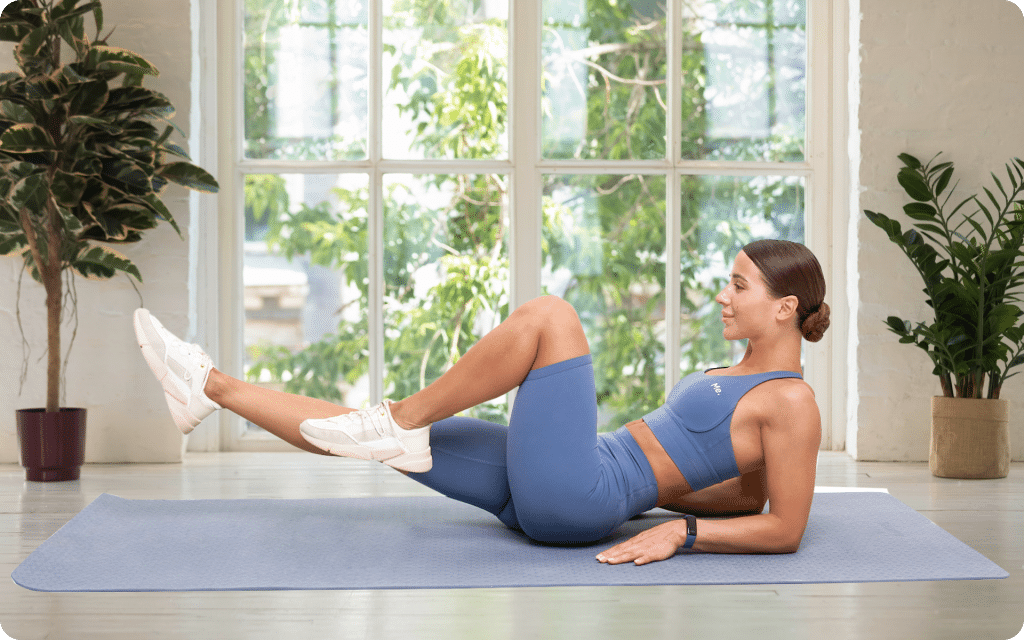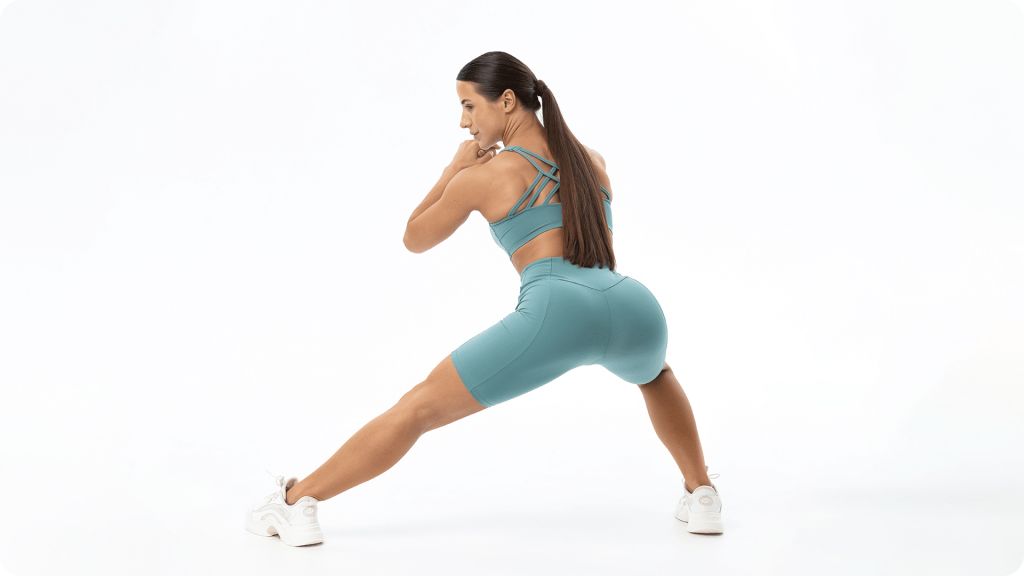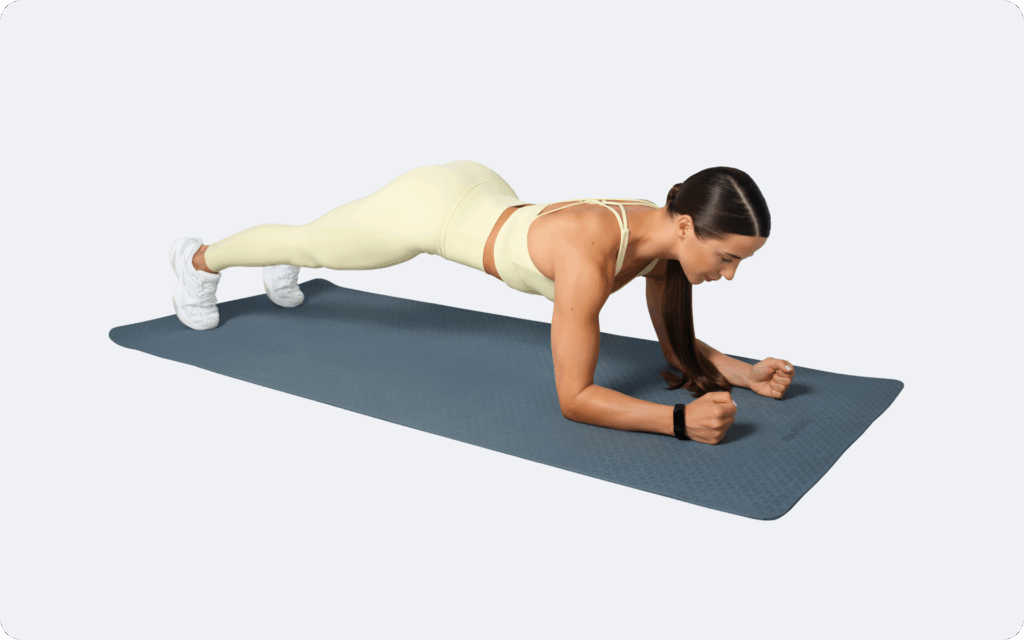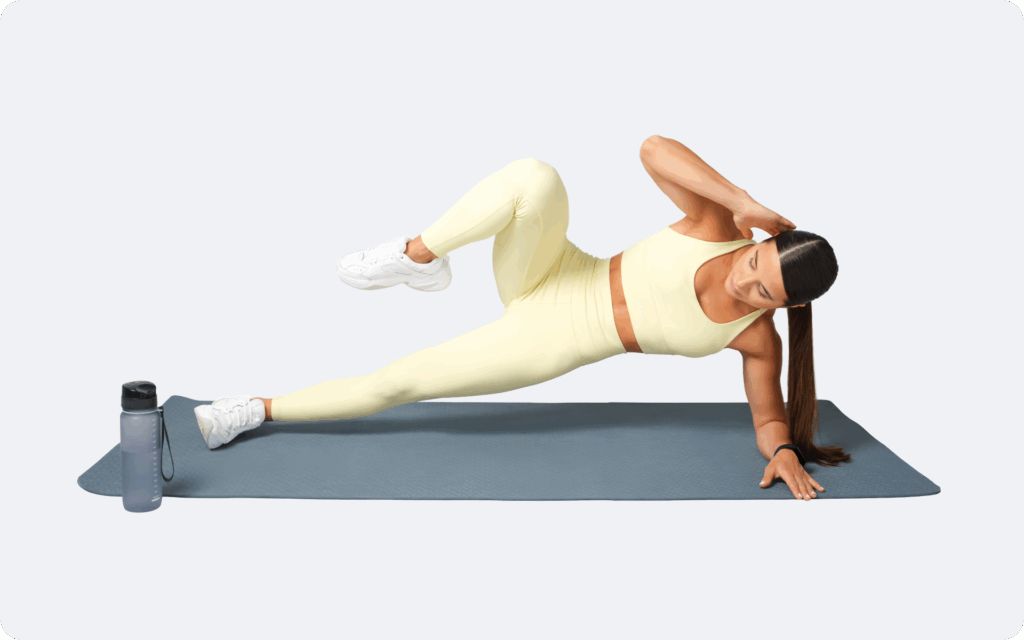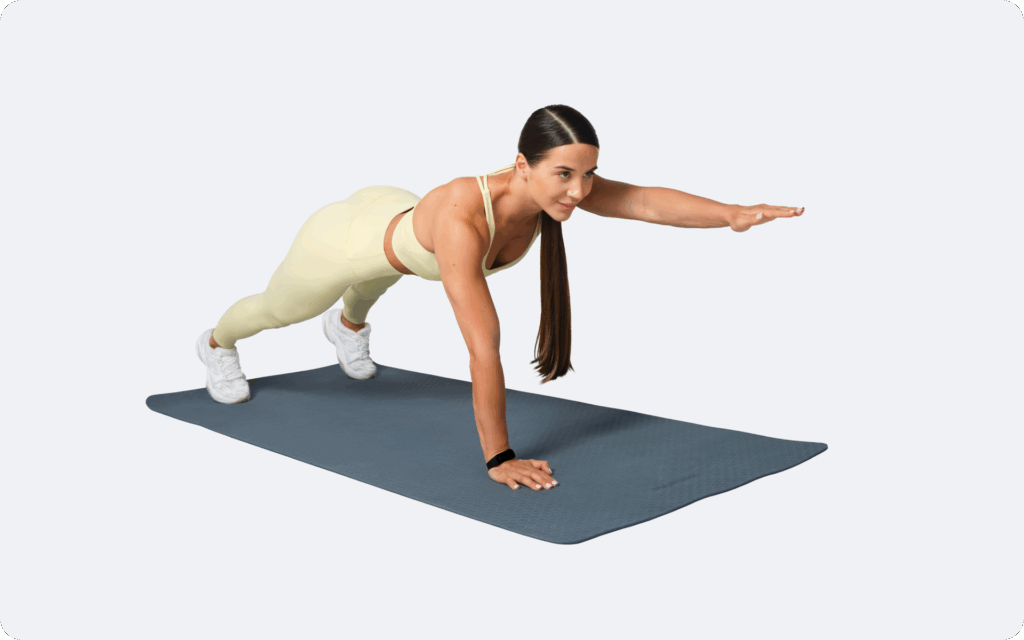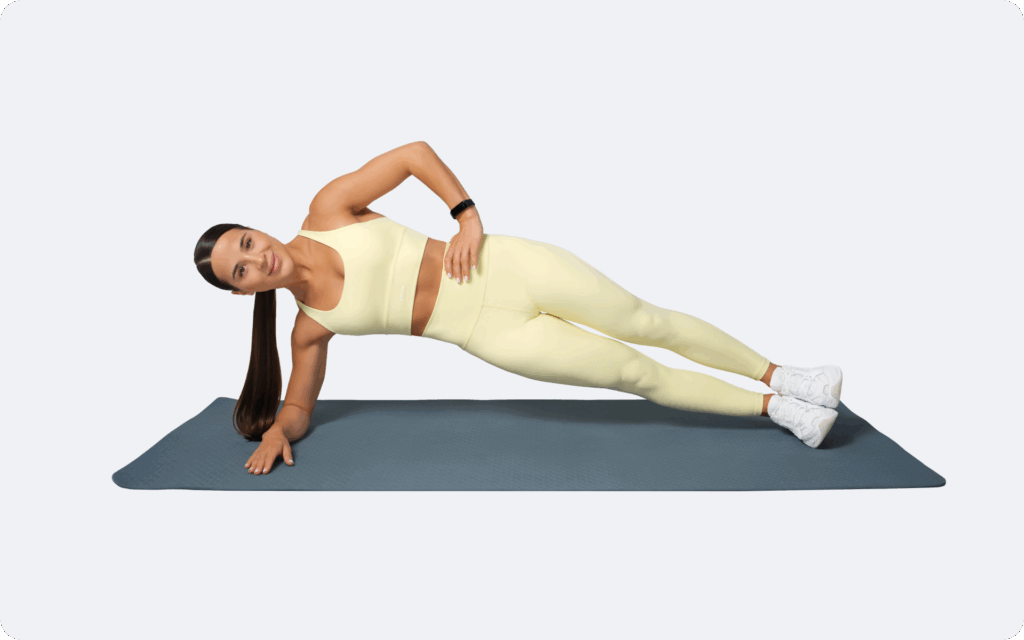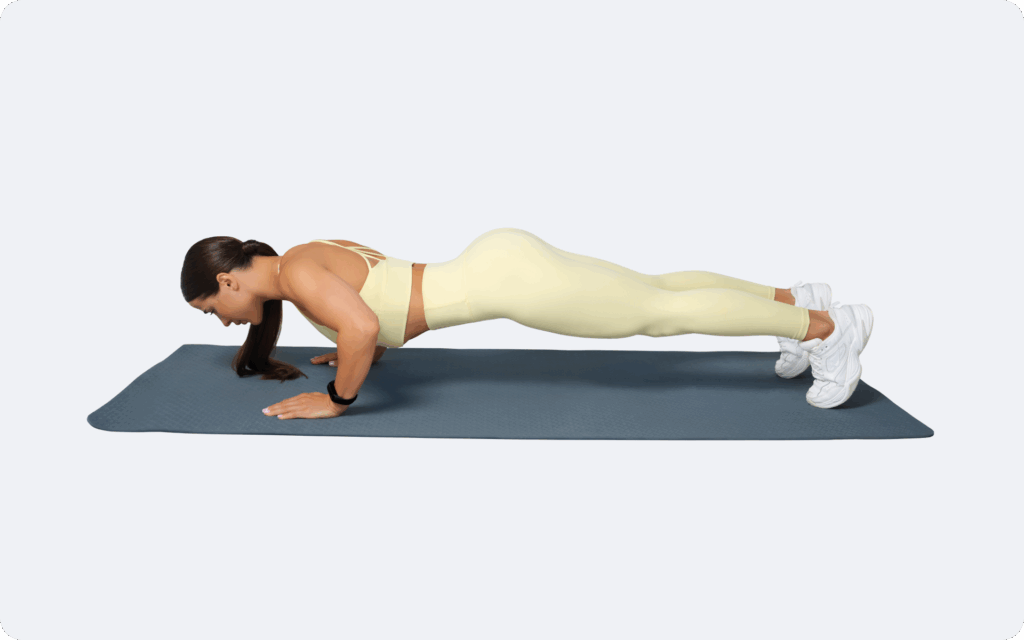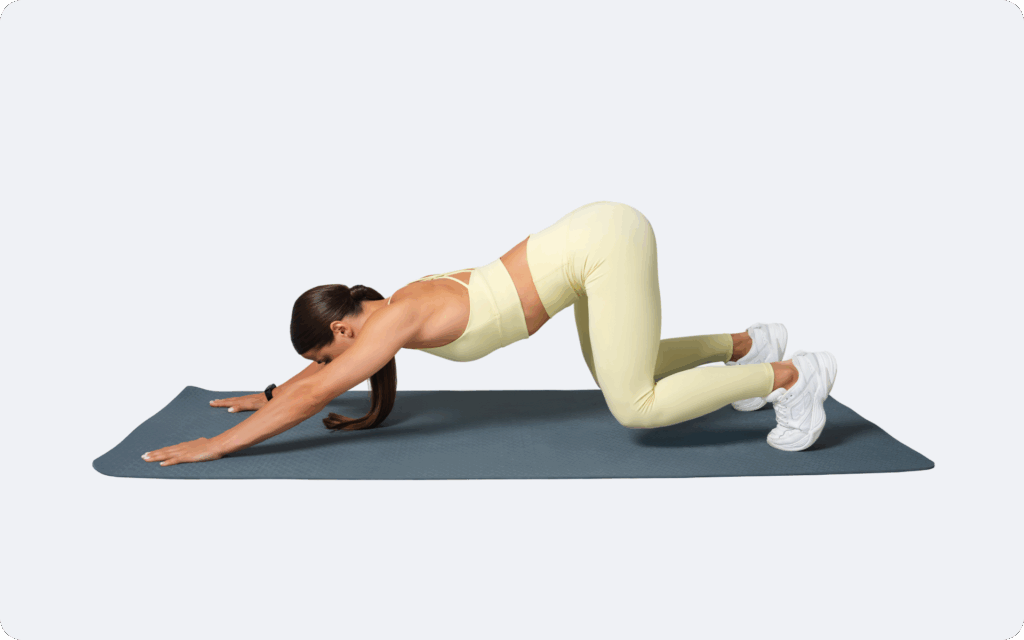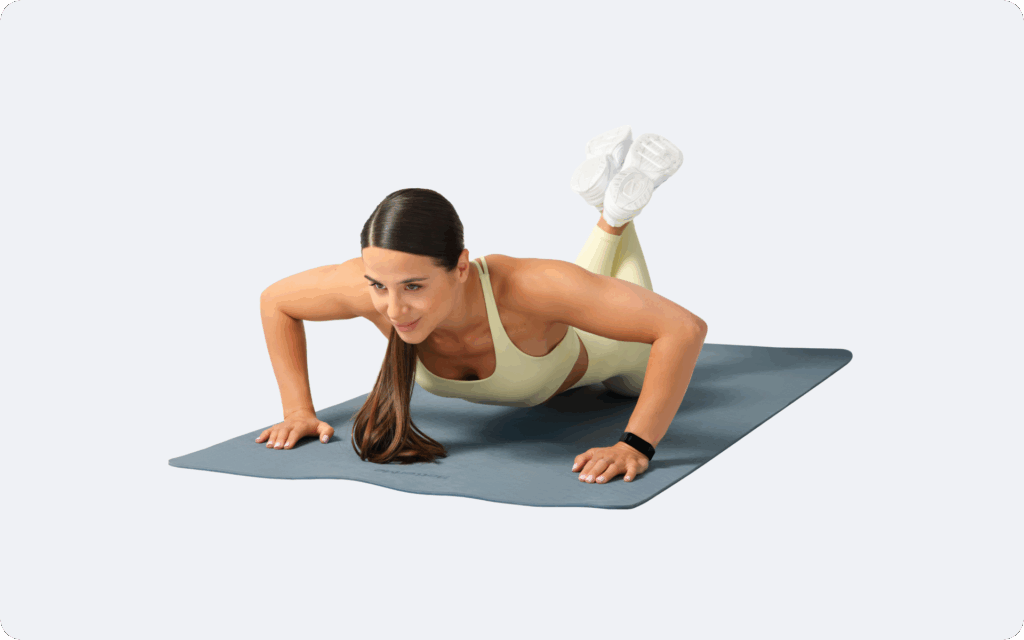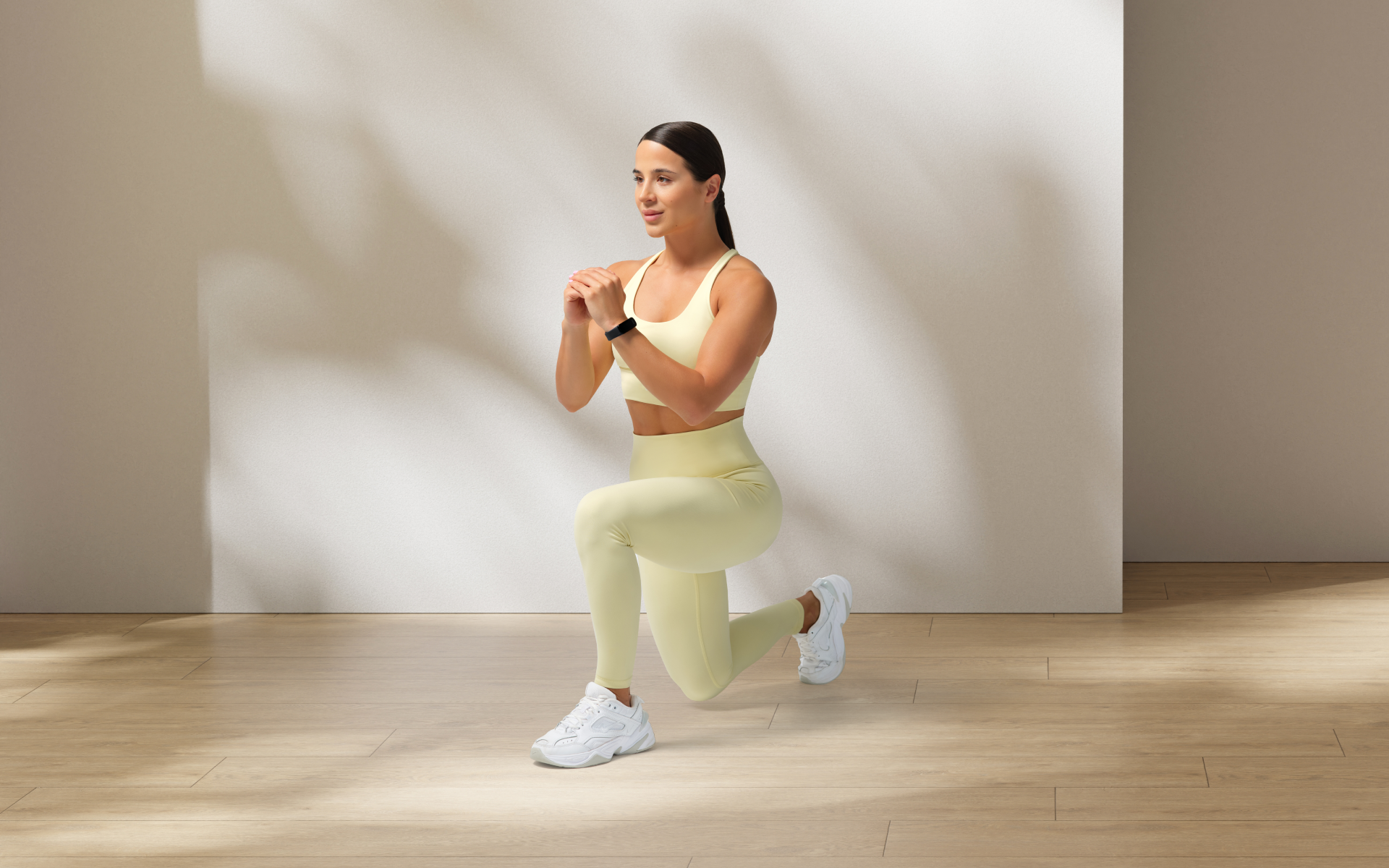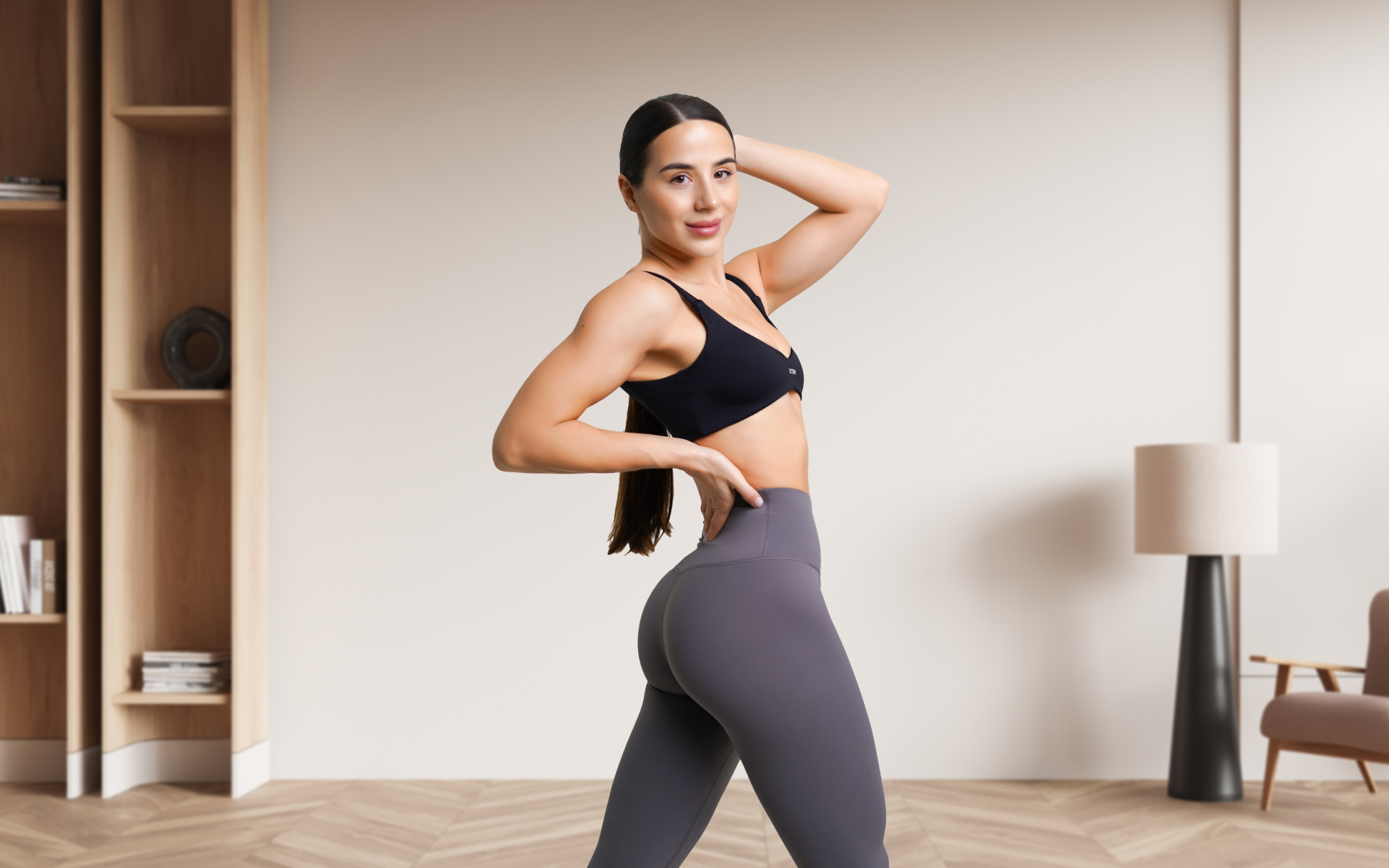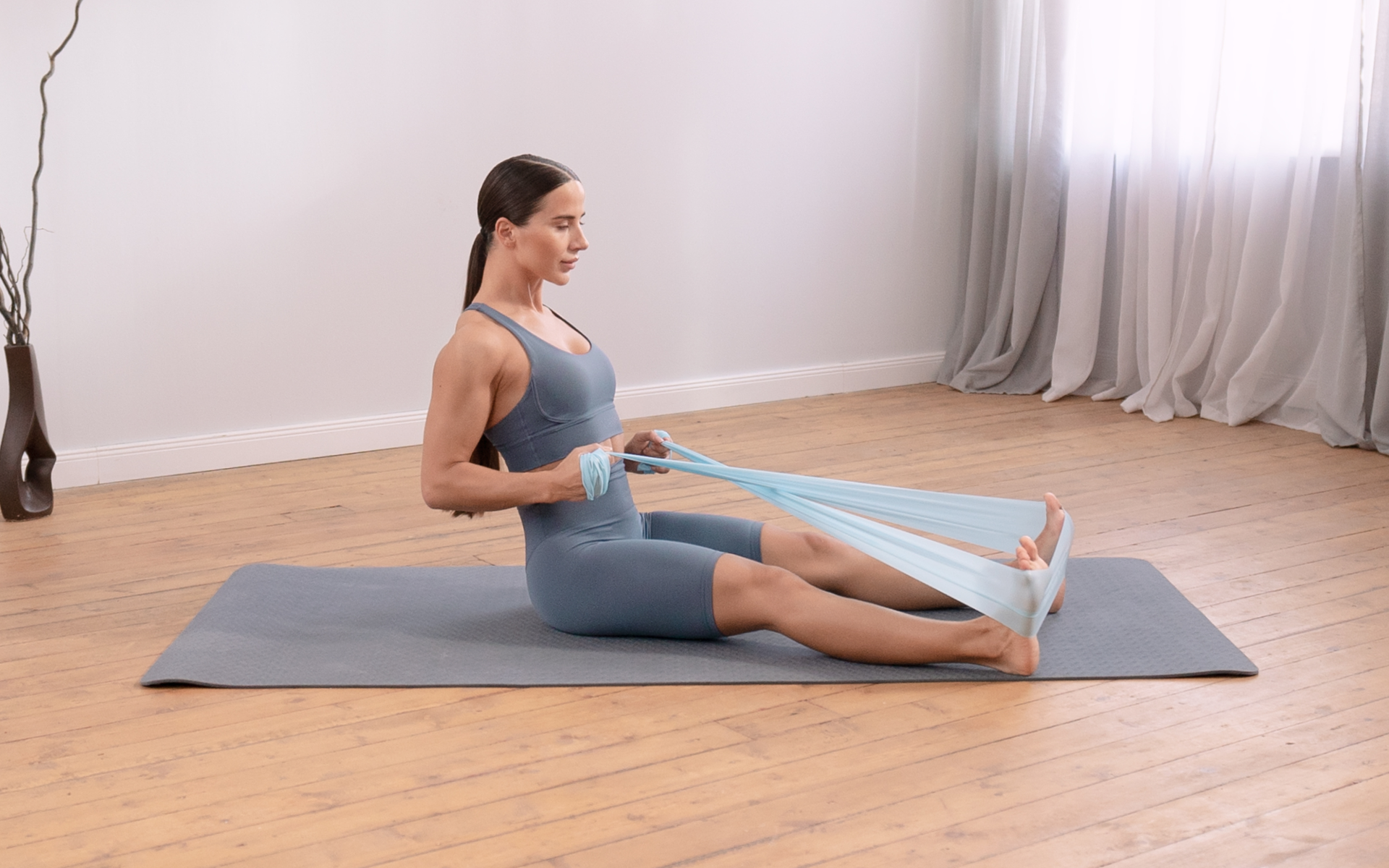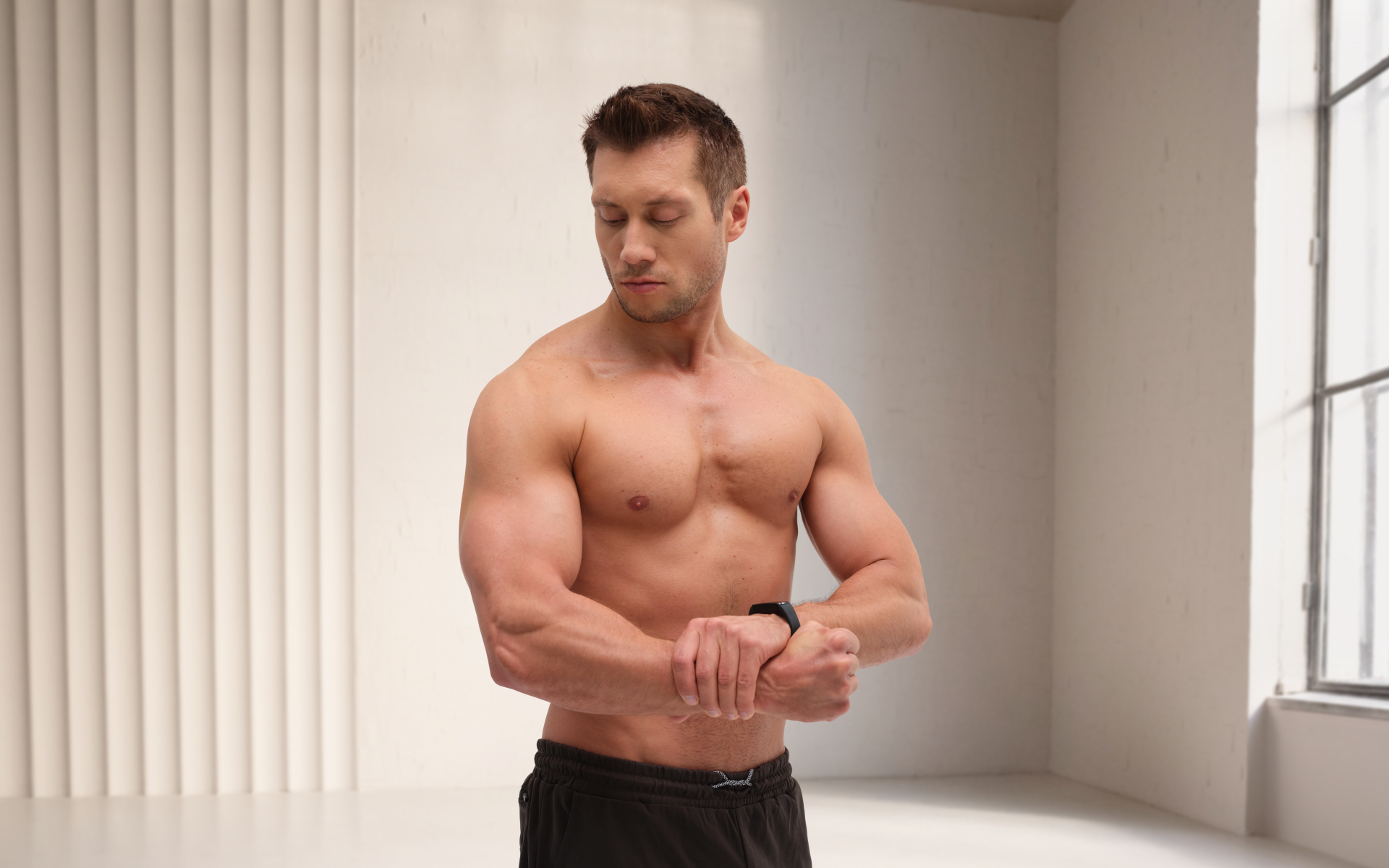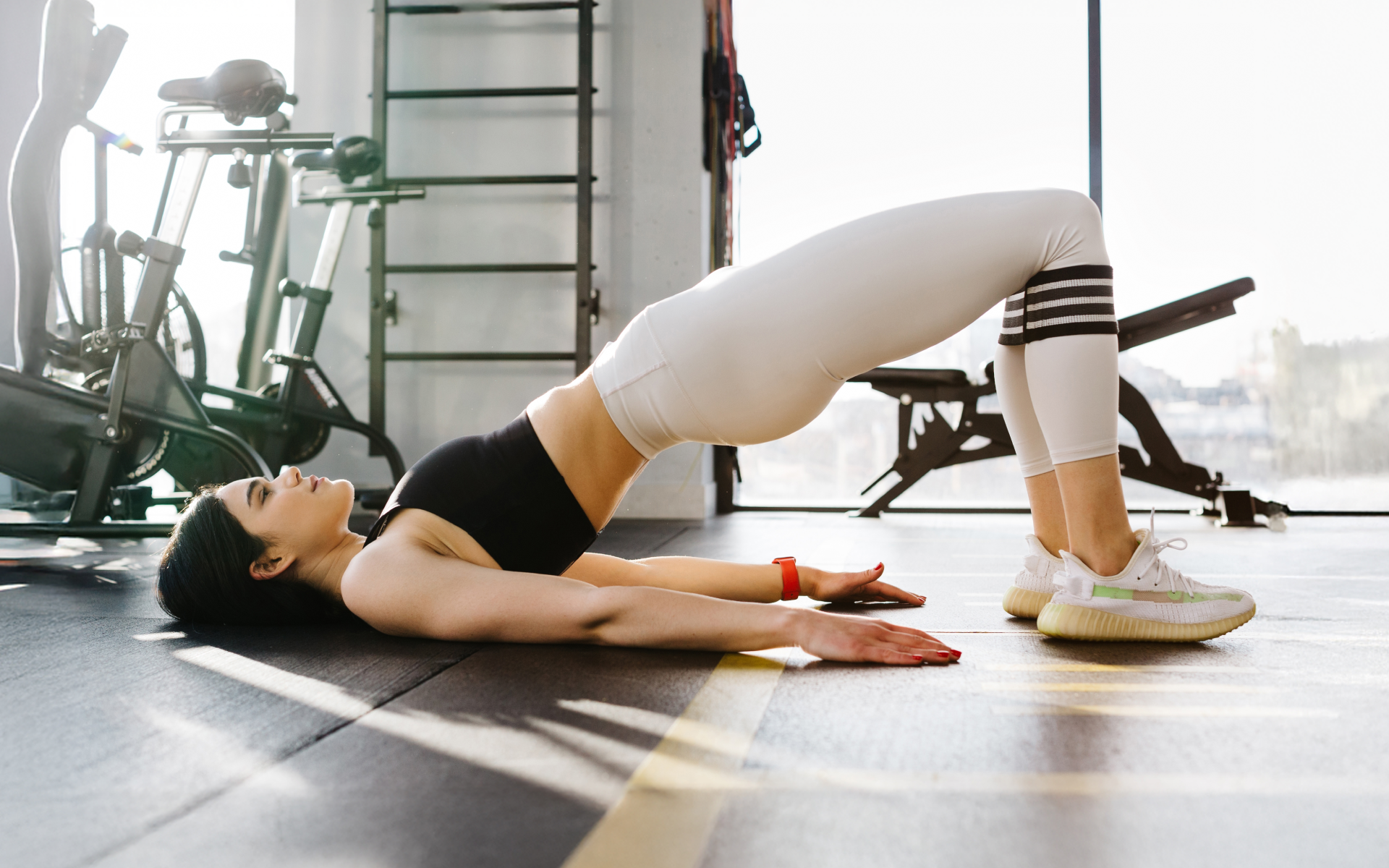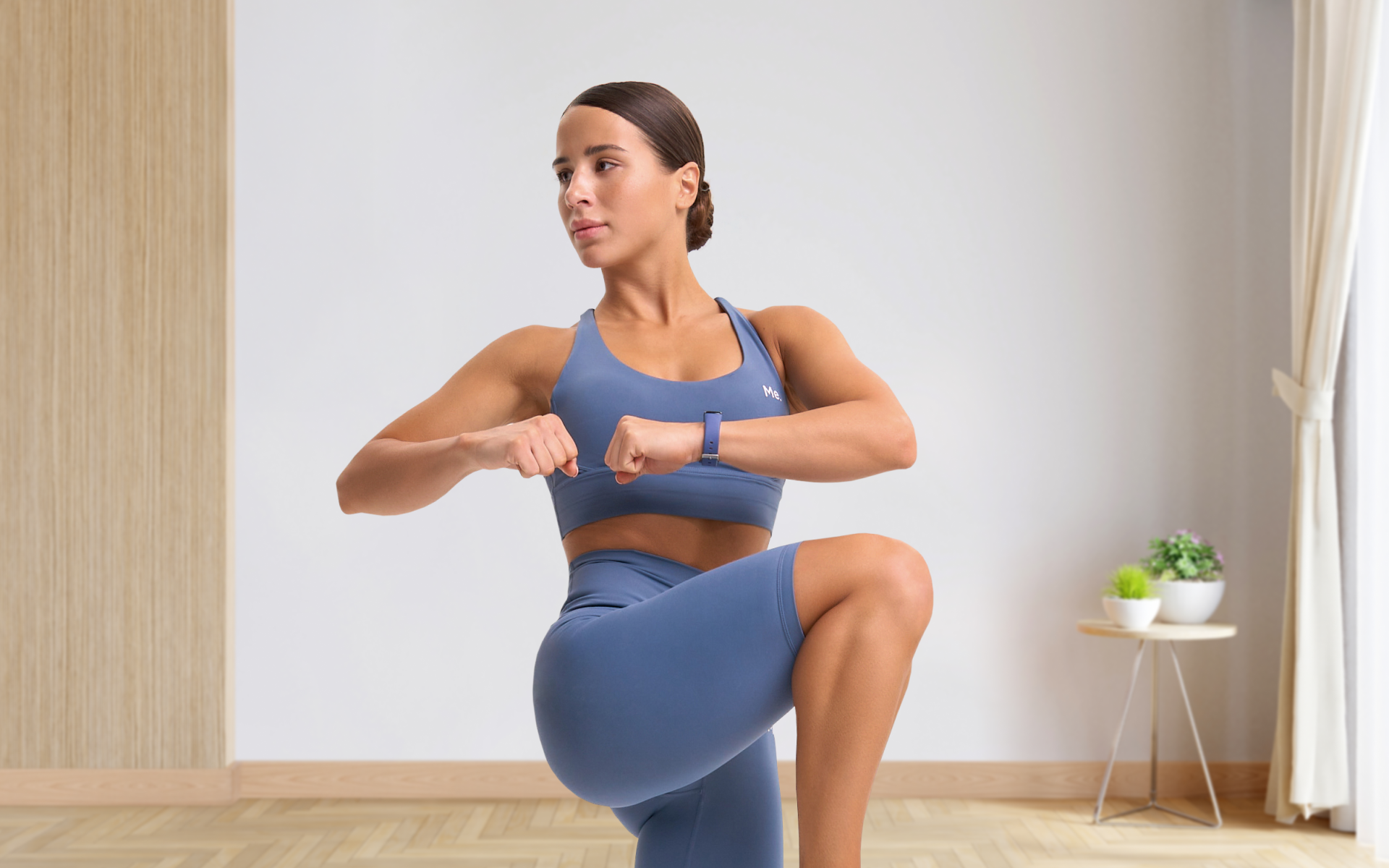The human flag stands as one of the most visually striking achievements in calisthenics. Picture this: your body suspended horizontally from a vertical pole, defying gravity through pure strength and control. This isn’t just another exercise, it’s a testament to human biomechanics and neural coordination working in perfect harmony.
Many athletes view the human flag as an impossible feat that’s reserved for circus performers or elite gymnasts. However, the reality is different. With a proper understanding of the movement patterns, targeted muscle development, and systematic progression, this skill becomes achievable.
This guide will walk you through the science-backed approach to mastering one of the most demanding movements in calisthenics.
What Is the Human Flag in Calisthenics?
The human flag emerged from European gymnastics and street workout culture during the early 20th century. Gymnasts developed this movement as a display of lateral strength and body control, demonstrating mastery over gravitational forces through precise muscular coordination.
The human flag requires your body to function as a rigid lever while suspended horizontally from a vertical support. Your arms create opposing forces – the top arm pulls while the bottom arm pushes – which creates the necessary stabilizing tension to maintain the position. This dual-force mechanism distinguishes the human flag from other calisthenics movements that are primarily reliant on unidirectional muscle activation (1).
The exercise serves multiple purposes in calisthenics training. It develops lateral chain strength, improves grip endurance, and enhances proprioceptive awareness (1).
Lateral chain strength is basically the ability of your muscles to work together and stabilize your body. It’s important in many calisthenics movements, in addition to daily activities such as carrying groceries or lifting heavy objects.
Grip endurance is also crucial in calisthenics training, particularly when it comes to exercises such as pull-ups, muscle-ups, and handstand push-ups. The human flag requires a strong grip as you’re essentially holding onto a pole with only your hands while your entire body is parallel to the ground.
Finally, proprioceptive awareness refers to the sense of where your body is in space. This is essential for any form of physical activity, but especially for advanced calisthenics movements such as the human flag (2).
The human flag also acts as a gateway movement, preparing your neuromuscular system for more complex skills such as the front lever and planche variations.
Read more: Getting into Calisthenics: Master Basic Skills, No Gym Required
How Difficult Is the Human Flag?
The human flag ranks among the most challenging bodyweight movements you can attempt. Most practitioners require 6-18 months of dedicated training to achieve a proper hold, assuming consistent practice and adequate foundational strength.
The difficulty stems from several factors:
- Your body must generate tremendous lateral tension while fighting gravity’s downward pull.
- The movement demands exceptional core stability, as your midsection becomes the primary structural link between your upper and lower body.
- The exercise requires significant grip strength and shoulder mobility that most people lack initially.
Reasons why BetterMe is a safe bet: a wide range of calorie-blasting workouts, finger-licking recipes, 24/7 support, challenges that’ll keep you on your best game, and that just scratches the surface! Start using our app and watch the magic happen.
The learning curve for the human flag is steep. Unlike push-ups or pull-ups, which allow for gradual load adjustments, the human flag presents an all-or-nothing challenge. You either maintain the position or you don’t. This binary nature makes progression more complex and requires strategic training approaches.
Your success timeline will depend on several variables: current strength levels, training consistency, body composition, and genetic factors. Lighter individuals often progress faster due to the reduced gravitational load, while those with longer limbs face additional leverage disadvantages.
However, these factors shouldn’t discourage you – consistent practice and training can help you overcome most physical limitations.
What Muscles Do You Need for a Human Flag?
The human flag demands coordinated effort from almost every muscle in your body.
- Latissimus Dorsi and Pulling Muscles
Your latissimus dorsi serves as the primary pulling muscle during the human flag. The top arm’s lat must generate enough force to support your entire body weight while maintaining the horizontal position. This muscle works in conjunction with your rhomboids, middle trapezius, and posterior deltoids to create the pulling component of the movement.
The pulling-side muscles work isometrically, which means they contract without changing length. This static contraction requires exceptional muscular endurance and neural efficiency. Your nervous system must coordinate firing patterns to maintain consistent tension throughout the hold.
- Core and Obliques
Your core musculature acts as the structural foundation for the human flag. The obliques on your bottom side work intensively to prevent your legs from dropping toward the ground. At the same time, your rectus abdominis and transverse abdominis provide frontal stability, preventing your body from rotating or sagging.
The lateral flexion component places unique demands on your quadratus lumborum and deep spinal stabilizers. These muscles rarely experience such intense loading in conventional exercises, which explains why many athletes struggle with the human flag despite having strong abs from traditional core work.
- Pushing Side Muscles
Your bottom arm generates the pushing force necessary to maintain position. The anterior deltoid, triceps, and serratus anterior work together to create upward pressure against the pole. This pushing action must perfectly balance the pulling force from your top arm.
The pushing muscles also contribute to rotational stability. Your bottom-side pectorals and anterior deltoids prevent your torso from rotating backward, maintaining proper body alignment throughout the movement.
- Lower Body Integration
Your legs play a crucial stabilizing role in the human flag. The glutes and hamstrings on your bottom side work to maintain hip extension and prevent your lower body from sagging. Your quadriceps contribute to knee stability and overall leg positioning.
The entire kinetic chain from your feet to your hands must work as one integrated unit. Any weakness or lack of coordination in the lower body will compromise the entire movement pattern.
What Are the Requirements for the Human Flag?
Before attempting human flag progressions, you need to meet certain strength and mobility benchmarks. These prerequisites ensure safe practice and faster skill acquisition.
Adequate Pulling Strength
You should demonstrate proficiency in basic pulling movements. This includes performing at least 10-15 strict pull-ups with full range of motion and holding a dead hang for 60+ seconds. Your grip strength and shoulder stability must handle significant loads before progressing to the human flag.
Adequate Core Strength
Adequate core strength is non-negotiable. You should master basic planks (60+ seconds), side planks (45+ seconds per side), and hanging knee raises (10+ reps). These movements develop the foundational stability patterns required for more advanced skills.
Adequate Shoulder Mobility
Shoulder mobility requirements include full overhead range of motion and adequate shoulder extension. Limited shoulder mobility prevents proper body alignment and increases injury risk. Regular mobility work should address shoulder flexion, extension, and rotation.
For those who are interested in developing comprehensive core strength, exploring advanced core exercises can provide additional training methods to support your human flag development.
How to Learn a Human Flag in Calisthenics
Systematic progression is essential for human flag mastery. These training methods build the specific strength patterns and neural pathways required for the skill.
Vertical Flag Progressions
Start with vertical flag holds against a wall or sturdy post.
- Position yourself perpendicular to the support with one hand high and one low, then lean your body away from the vertical surface.
- Start with 10-15 second holds, focusing on proper hand positioning and body alignment.
Progress by gradually increasing the angle of lean. As you become more horizontal, the exercise will become significantly more challenging. This progression allows you to adapt to the unique stress patterns without the full difficulty of a complete human flag.
Negative Training
Negative training involves starting in the human flag position and slowly lowering yourself with control. This eccentric emphasis builds strength throughout the movement’s range of motion while teaching proper body mechanics (3).
Start with assistance from a partner or resistance band, then gradually reduce the support as your strength improves. Focus on maintaining body rigidity throughout the descent, as this develops the isometric strength that is necessary for holding the position.
BetterMe will shake off your mental funk, rid you of your energy-zapping habits, and help you sculpt the body of your dreams. Intrigued? Hurry up and change your life for the better!
Band-Assisted Progressions
Resistance bands provide scalable assistance for human flag training.
Attach a band around your hips or legs, allowing it to support some of your body weight while you maintain proper position. This method lets you experience the correct movement pattern while building your strength gradually.
Adjust band tension as you progress, using lighter bands or multiple attachment points to fine-tune the assistance level. The goal is to progressively reduce assistance until you can maintain the position independently.
Bent-Knee Variations
Reducing lever length makes the human flag more manageable for beginners. Start with both knees tucked toward your chest, then progress to single-leg extensions, and finally to both legs extended. Each progression significantly increases the difficulty while maintaining the core movement pattern.
The bent-knee variation teaches proper hand positioning and core engagement without the full mechanical disadvantage of extended legs. This makes it an excellent starting point for most practitioners.
For beginners who are looking to develop foundational core strength, the 4 best core exercises for beginners provides essential movements that complement human flag training.
Read more: 5 Hardest Calisthenics Moves Ranked by Difficulty
How to Do a Human Flag as a Beginner
Follow this step-by-step approach to perform your first human flag attempt safely and effectively.
- Select an appropriate support structure such as a sturdy vertical pole, power rack upright, or playground equipment that can handle your full body weight without movement or flexing.
- Position your hands with the top hand using an overhand grip and bottom hand using an underhand grip, spaced approximately shoulder-width apart or slightly wider, based on your arm length.
- Engage your core muscles by exhaling and drawing your navel toward your spine and creating tension throughout your midsection, similar to preparing for being punched in the stomach.
- Create opposing forces by simultaneously pulling with your top arm and pushing with your bottom arm while keeping both arms relatively straight and strong.
- Lift your legs slowly and with control, starting with bent knees and progressing toward full leg extension as your strength allows.
- Maintain body alignment by keeping your shoulders square, your hips level, and your legs in line with your torso to create one straight, rigid line from head to feet.
- Focus on your breathing by taking controlled breaths rather than holding your breath, which can cause unnecessary tension and early fatigue.
- Hold the position for whatever duration you can maintain with proper form, starting with just a few seconds and gradually building endurance over time.
What Are the Benefits of the Human Flag Exercise?
The human flag offers unique training benefits that extend far beyond aesthetic appeal. This movement develops strength qualities and movement patterns that are rarely addressed by conventional exercises.
Lateral Chain Development
Most training programs emphasize sagittal plane movements (forward and backward). The human flag trains your lateral chain – the muscles responsible for side-to-side stability and movement. This lateral strength has direct applications to sports performance, injury prevention, and functional movement capacity.
The lateral chain includes your obliques, quadratus lumborum, gluteus medius, and lateral shoulder stabilizers. Strengthening these often-neglected muscle groups improves your body’s ability to resist unwanted lateral forces and maintain stability during dynamic movements.
Enhanced Grip Strength
The human flag demands exceptional grip endurance under challenging conditions. Your hands must maintain secure contact with the support while your entire body weight creates rotational and shearing forces. This develops grip strength that transfers to other pulling movements, climbing activities, and daily functional tasks.
The isometric nature of the hold specifically improves your ability to maintain grip under sustained tension. This quality proves valuable in activities that require prolonged gripping, such as rock climbing, gymnastics, or martial arts.
Neurological Adaptations
The complex coordination that is required for the human flag stimulates significant neurological adaptations (1 ). Your nervous system must learn to coordinate opposing muscle groups while maintaining precise body alignment. This enhanced neuromuscular control improves overall movement quality and body awareness (2).
The skill also develops what sports scientists call “irradiation” – the tendency for high-tension exercises to activate surrounding muscle groups. This full-body tension pattern enhances strength expression in other movements and improves overall athletic performance.
Psychological Benefits
Mastering the human flag provides substantial psychological rewards. The movement represents a clear, objective achievement that demonstrates your commitment to training and physical development. This sense of accomplishment often motivates continued progression in other challenging skills.
The visible nature of the human flag also builds confidence in your physical capabilities. Successfully performing such an impressive movement creates positive feedback loops that encourage further skill development and physical challenges.
Those interested in exploring more challenging bodyweight movements can find additional inspiration in advanced calisthenics training methods.
How Much Time Does It Take to Learn the Human Flag?
Timeline expectations for human flag mastery vary significantly based on individual factors and training approaches. Understanding realistic timelines helps maintain motivation and set appropriate goals.
Most practitioners require 6-12 months of consistent training to achieve their first proper human flag hold. This assumes regular practice sessions (3-4 times per week), adequate recovery, and progressive overload principles. Some individuals with exceptional starting strength or favorable body proportions may achieve the skill sooner, while others may require longer development periods.
The initial months focus on building prerequisite strength and movement patterns. During this phase, you’ll work on grip strength, core stability, and the specific muscle coordination that is required for the movement. Progress may seem slow initially, but the foundational work is essential for eventual success.
Months 3-6 typically involve working with assisted variations and partial holds. You’ll start to experience brief moments of unassisted holds and gradually extend the duration. This period requires patience, as progress often occurs in small increments rather than dramatic breakthroughs.
The final development phase involves refining technique and building endurance. Once you can achieve a basic human flag, you’ll work on extending hold times, improving body alignment, and potentially exploring variations such as the human flag to pull-up transitions.
Several factors influence your learning timeline. Body weight and composition play significant roles – lighter individuals often progress faster due to reduced gravitational demands. Previous training experience, particularly in gymnastics or calisthenics, provides advantageous strength patterns and body awareness.
Age and recovery capacity also impact progression rates. Younger practitioners typically adapt faster and recover more quickly between training sessions (4). However, older athletes often demonstrate superior consistency and mental focus, which can compensate for slower physiological adaptations.
Training consistency proves more important than training frequency. Three focused sessions per week consistently outperform sporadic intense training periods. Your nervous system requires regular stimulus to develop the complex coordination patterns involved in the human flag.
The human flag and planche present different challenges, which makes direct comparison difficult. The human flag requires exceptional lateral strength and grip endurance, while the planche demands significant pushing strength and forward lean control. Most practitioners find the planche to be more technically complex due to its balance requirements, but the human flag often takes longer to develop due to its unique strength demands. Individual factors such as body proportions and training background influence which movement proves more challenging for specific athletes. The human flag effectively builds muscle through high-tension isometric contractions and full-body coordination demands. The movement particularly develops the latissimus dorsi, obliques, anterior deltoids, and grip musculature. However, the human flag functions more as a strength display than a primary muscle-building exercise. For optimal hypertrophy, combine human flag training with higher-volume pulling and pushing movements that allow for progressive overload through repetitions rather than just hold duration. Human flag prerequisites include the ability to perform 10-15 strict pull-ups, hold a dead hang for 60+ seconds, and maintain side planks for 45+ seconds per side. You should also demonstrate proficiency in basic core movements such as hanging knee raises and hollow body holds. These benchmarks indicate sufficient grip strength, pulling capacity, and core stability to begin human flag progressions safely. In addition, adequate shoulder mobility for overhead positioning is essential for proper technique and injury prevention. Taller individuals face mechanical disadvantages when learning the human flag due to increased lever length and typically higher body weight. The additional distance from the fulcrum (hands) to the center of mass creates greater torque demands on the supporting muscles. However, longer limbs can provide certain advantages in grip spacing and leverage positioning. While tall athletes may require longer development periods, proper progression and consistent training can help overcome these initial challenges. Many successful human flag practitioners are above average height, which demonstrates that dedication trumps physical disadvantages.Frequently Asked Questions
Is a human flag harder than a planche?
Does a human flag build muscle?
What strength is needed for a human flag?
Is a human flag harder for tall people?
The Bottom Line
The human flag is one of the most demanding and visually impressive calisthenics skills, requiring a blend of pulling and pushing strength, core stability, grip endurance, and full-body coordination. While it may seem unattainable at first, a structured progression—starting with foundational strength benchmarks, assisted variations, and consistent practice—makes it possible for dedicated athletes to achieve. Expect several months of disciplined training, but the payoff is not just in performing an eye-catching movement—it’s in building exceptional strength, body control, and confidence along the way.
DISCLAIMER:
This article is intended for general informational purposes only and does not serve to address individual circumstances. It is not a substitute for professional advice or help and should not be relied on for making any kind of decision-making. Any action taken as a direct or indirect result of the information in this article is entirely at your own risk and is your sole responsibility.
BetterMe, its content staff, and its medical advisors accept no responsibility for inaccuracies, errors, misstatements, inconsistencies, or omissions and specifically disclaim any liability, loss or risk, personal, professional or otherwise, which may be incurred as a consequence, directly or indirectly, of the use and/or application of any content.
You should always seek the advice of your physician or other qualified health provider with any questions you may have regarding a medical condition or your specific situation. Never disregard professional medical advice or delay seeking it because of BetterMe content. If you suspect or think you may have a medical emergency, call your doctor.
SOURCES:
- (PDF) MOVEMENT ANALYSIS (2021, researchgate.net)
- Benefits of Bodyweight Training (2025, humankinetics.me)
- What is Negative Weightlifting? Pros & Cons (n.d., americansportandfitness.com)
- Recovery from Resistance Exercise in Older Adults: A Systematic Scoping Review | Sports Medicine (2023, Sportsmedicine-open.springeropen.com)
